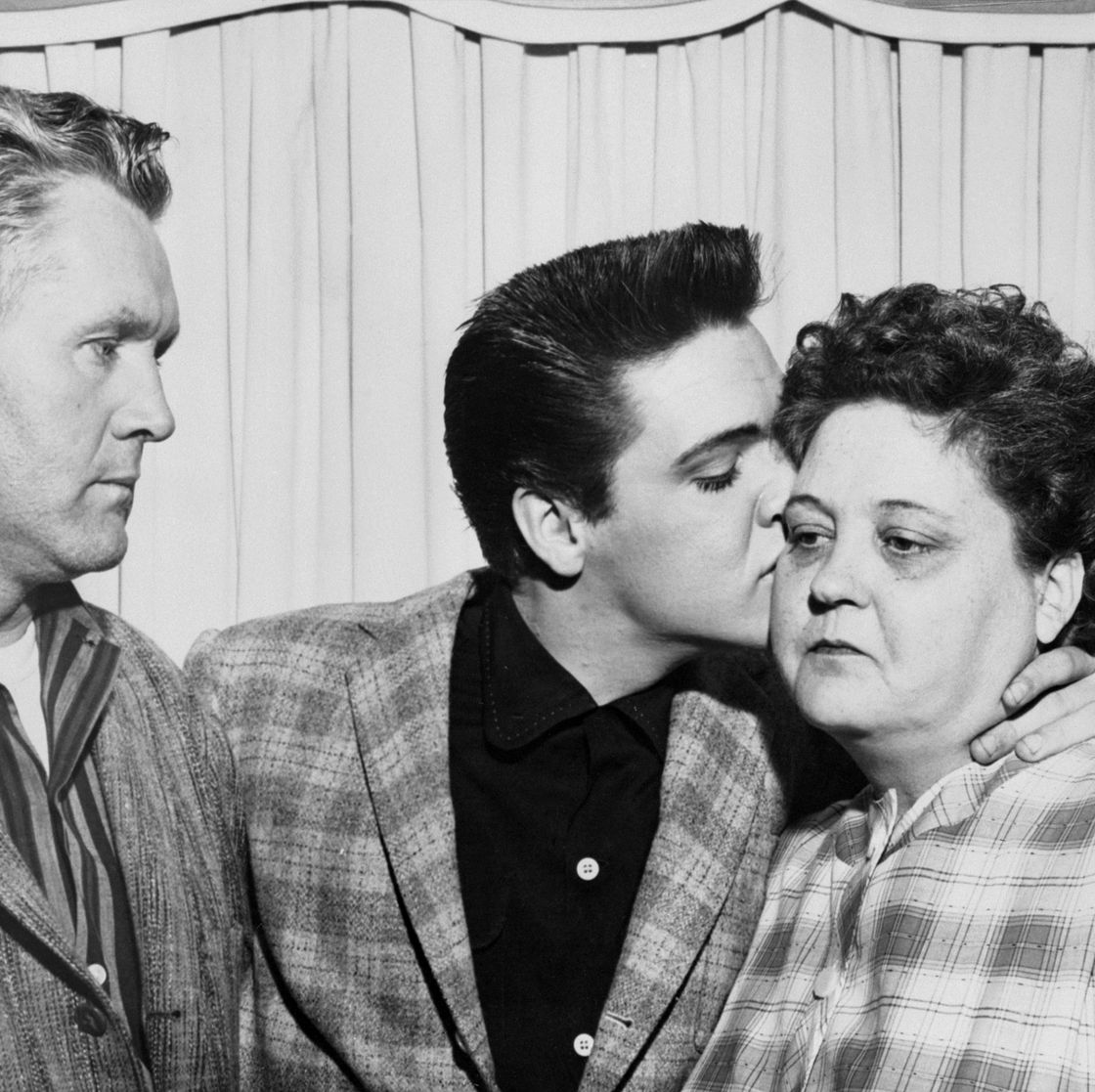In the early 1960s, rock ‘n’ roll momentum began to shift to the eastern side of the Atlantic. A two-year military term had broken the flow of Elvis Presley’s career, and burgeoning skiffle and R&B scenes in the UK foretold a musical renaissance. We tend to regard The Beatles and The Rolling Stones as the most essential British invasion groups from this period, but they were far from alone in their pursuits.
Over 60 years on, people argue over whether The Beatles are overrated or not. This question always confuses me since, even if someone isn’t the band’s biggest fan, they should be able to understand their vital role in opening the door to the US. As the first British rock band to ravage the Billboard Hot 100 and the first to appear on US television, The Beatles led the way for The Rolling Stones, The Kinks, The Who and more.
In 1988, Mick Jagger inducted The Beatles into the Rock and Roll Hall of Fame. In his highly complimentary speech, he explained how, without The Beatles, the Stones would not have had success on such an enormous scale. “We were doin’ Chuck Berry songs and blues and things, and we thought that we were totally unique animals,” Jagger noted. “And then we heard there was a group from Liverpool, and they had long hair, scruffy clothes.”
The Rolling Stones frontman continued, explaining how the Fab Four aided him both directly and indirectly. “Later on, they gave us our first big hit in England, which was a song they wrote called ‘I Wanna Be Your Man’,” Jagger noted. “And we were very grateful for that ’cause that really broke us in England. The example of the way they wrote and the original way that they crafted their songs wasn’t lost on us. Later on, their success in America broke down a lot of doors that helped everyone else from England that followed. And I thank them very much for all those things.”
By 1965, The Rolling Stones had established themselves as premier hitmakers in their own right, achieving US number one with ‘(I Can’t Get No) Satisfaction’ and ‘Get Off My Cloud’. The media began to pose them as arch rivals of The Beatles, yet in reality, the groups were close and respectful. Part of the deception can be chalked up to the Stones’ manager, Andrew Oldham, who marketed the band as the darker, bad-boy alternative to The Beatles. He famously coined the headline, “Would you let your daughter sleep with a Rolling Stone?”
Then, in 1965, The Beatles made their first steps towards what would become the psychedelic rock era with Rubber Soul. The song ‘Norwegian Wood (This Brid Has Flown)’ was a notable highlight due to John Lennon’s abstract Dylan-esque lyrics and George Harrison’s groundbreaking sitar work. The following year, The Beatles began work on their first fully-fledged psychedelic rock album, Revolver.
As The Beatles departed from their early lovelorn hits towards something more divisive and creatively inspiring, The Rolling Stones watched very carefully. In May 1966, three months before Revolver, the Stones released their first psychedelic single, ‘Paint It Black’. The song became a huge success for the band, topping the charts in the US and the UK and making a notable impression on the American youth as they resisted the ongoing war in Vietnam.
Although the song didn’t directly allude to war, Jagger’s lyrics portrayed a character who is disillusioned with the world in a state of mourning. Heeding Harrison’s work on ‘Norwegian Wood (This Bird Has Flown)’, Brian Jones devised sitar parts to give ‘Paint It Black’ a psychedelic edge darkened by Jagger’s lyrics and Oldham’s shrewd marketing strategy.
If The Beatles began the psychedelic rock movement, the Stones claim to have created the first product of noir psychedelia in music. “That was the time of lots of acid,” Jagger once reflected regarding the single. “It has sitars on it. It’s like the beginnings of miserable psychedelia. That’s what the Rolling Stones started – maybe we should have a revival of that.”
With the single’s success, the Stones continued to follow The Beatles into the psychedelic rock epoch. They released Between the Buttons in January 1967 as a psych-tinged response to Revolver and Their Satanic Majesties Request later in the year as a more direct response to Sgt. Pepper’s Lonely Hearts Club Band. The latter was a deep dive into contemporary trends with the technicolour album cover reflecting the colourful material within, which included the enduring single ‘She’s a Rainbow’.
Their Satanic Majesties Request is among the Stones’ most divisive albums. Some applaud the group’s embrace of experimental composition, while others deem it an ill-conceived change of pace that didn’t suit the band’s personality. Among the detractors is Keith Richards himself. “If you’re the Beatles in the ’60s, you just get carried away—you forget what it is you wanted to do. You’re starting to do Sgt. Pepper,” he told Esquire. “Some people think it’s a genius album, but I think it’s a mishmash of rubbish, kind of like Satanic Majesties —’ Oh, if you can make a load of shit, so can we.’”
In his memoir, Richards claimed “none of us wanted to make” the album and that they were essentially “doing a put-on.”
The Rolling Stones ultimately came to regret their embrace of psychedelia. Fortunately, they returned to their tried and tested blues rock formula in 1968’s Beggars Banquet and, over the following five years, enjoyed their most critically acclaimed stretch of albums. While the Stones may associate ‘Paint It Black’ with their regretful psychedelic period, its macabre nature was much more in keeping with the band’s aesthetic and perhaps indicated the direction they should have taken when creating Their Satanic Majesties request.



